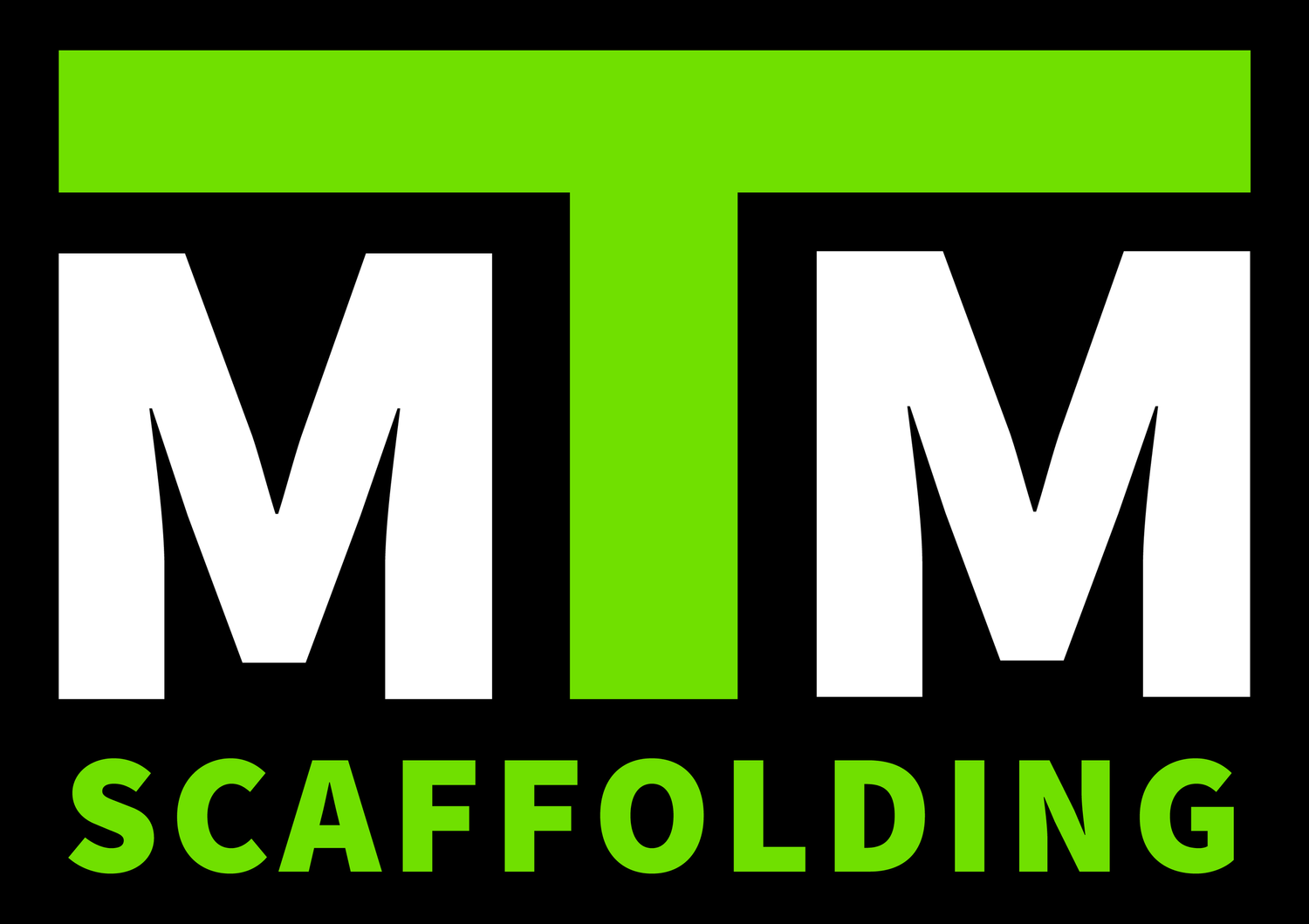
Perfect for weather protection.
SCAFFOLDING SHRINK WRAP
Shrink Wrap vs Monarflex
Scaffolding shrink wrap technology, as compared to Monarflex, provides more strong protection and creates an extraordinarily safe working environment.
The film is really robust. It is resistant to high-impacts and will contain any debris, dust, and gases generated by building operations. It also works well in inclement weather, especially in strong gusts, where disconnected or loose sheeting is no longer an issue.
Furthermore, its seamless appearance lends a professional and aesthetically pleasant appearance to any scaffolding project.
Weather Protection
We can't control the weather, but we can take precautions to ensure that it doesn't disrupt our plans and projects. Weather delays are unavoidable in the workplace if no plans are made ahead of time or if no plans are made at all. The majority of trades require a dry atmosphere to operate in, and nearly no materials are installed better while wet. Spending some time planning the type of weather protection you'll need for your project is a prudent decision that will save you both time and money in the long run.
Marine Shrink Wrapping
Shrink Wrap, also known as marine industrial shrink film, is a UV-inhibited polythene designed to shrink when heated, forming a tight seal. The seal keeps the elements out of the boat while also preventing the tarping and tearing that occurs when using other covers after a few months of harsh weather. Shrink wrapping helps us solve two challenges in our marine services:
work shelters, tents and temporary buildings
Work can be done over structures during inclement weather using shrink wrap, which lowers expenses and helps the project get finished on time.
For roofing Job
Shrink wrap roofs are a great option for roofs that are damaged or have extensive maintenance needs. They’re also an affordable way to protect a roof from the elements. Shrink wrap roofs are made from a large, heat-sealed plastic membrane that is applied to the roof surface. The plastic is applied using a spray gun and heated to a low enough temperature to create a tight seal with the roof surface.
Containment and Dust screening
Some building activities, while necessary for the project, can be extremely detrimental to the nearby environment if they are not carried out with extreme caution. When such actions are carried out, shrink wrapping ensures that the public is kept safe and free of any risks. We can upgrade your requirements to our Containment package to ensure that this extra degree of protection is supplied in addition to our encapsulation service.
This service entails the use of ability and knowledge to identify potential issue areas as well as risk assessments particular to each site. Asbestos removal, grit blasting, demolitions, and industrial painting are all examples of containment activities.
Asbestos containment
Asbestos was utilised widely for thermal insulation and fire retardant purposes in most older buildings. Its long life and corrosion resistance made it perfect for the applications it serviced at the time.
Furthermore, its strength combined with its heat resistance made it the preferred material for floor tiles, roofing shingles, cement products, ceiling materials, and automotive parts. As a result, if your workplace was rebuilt or built before 1990, there's a good probability that asbestos is present. For obvious safety considerations, it is now necessary to remove the asbestos from the structure.
If asbestos fibres are not adequately cleaned, they can disseminate into the air and be inhaled, causing acute and long-term health problems.





